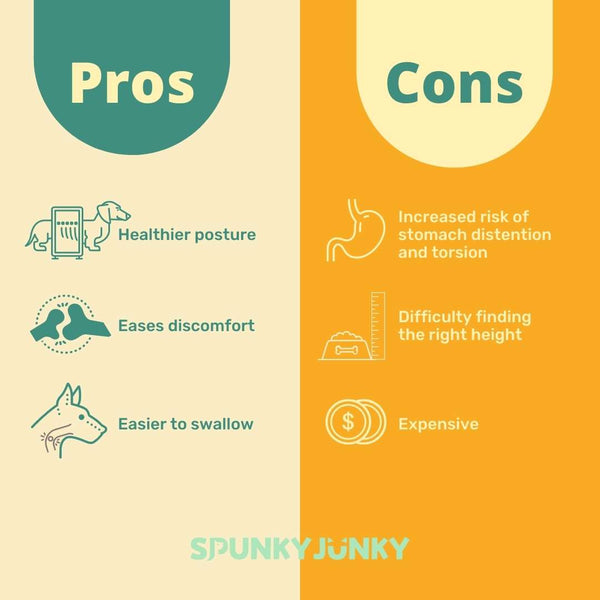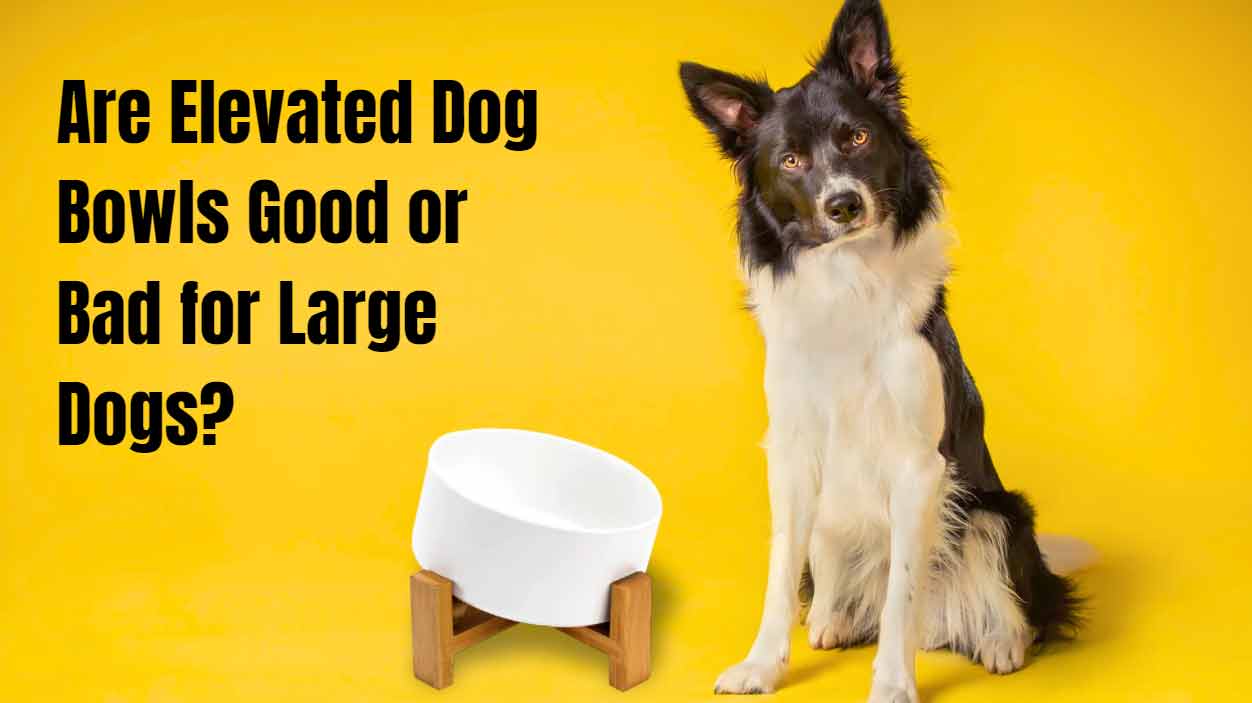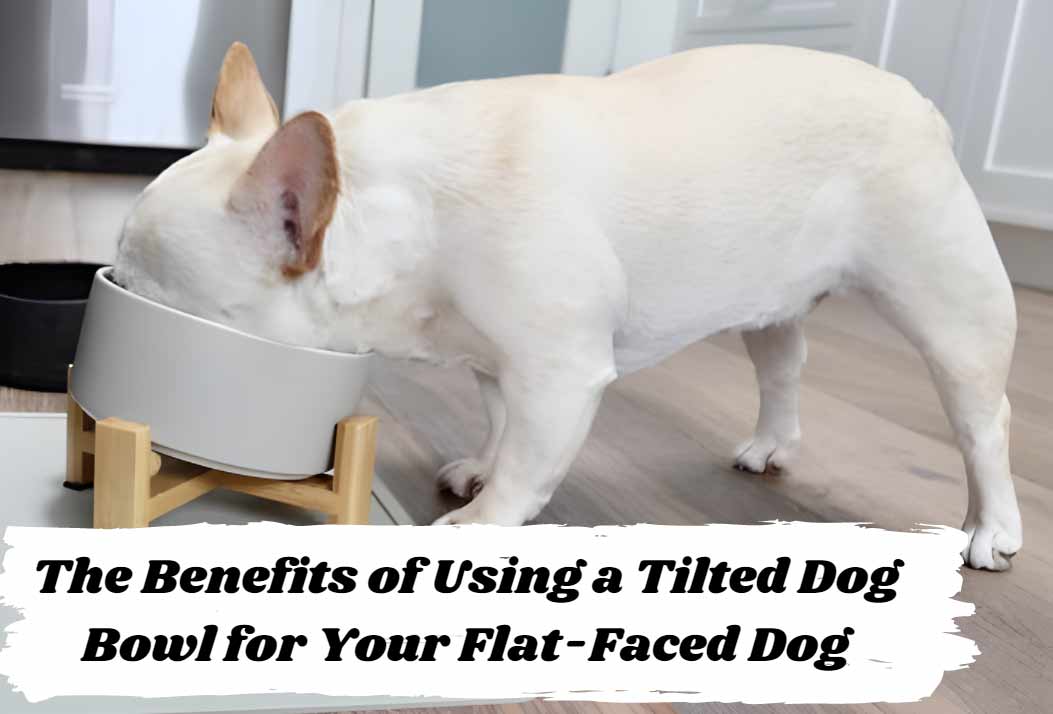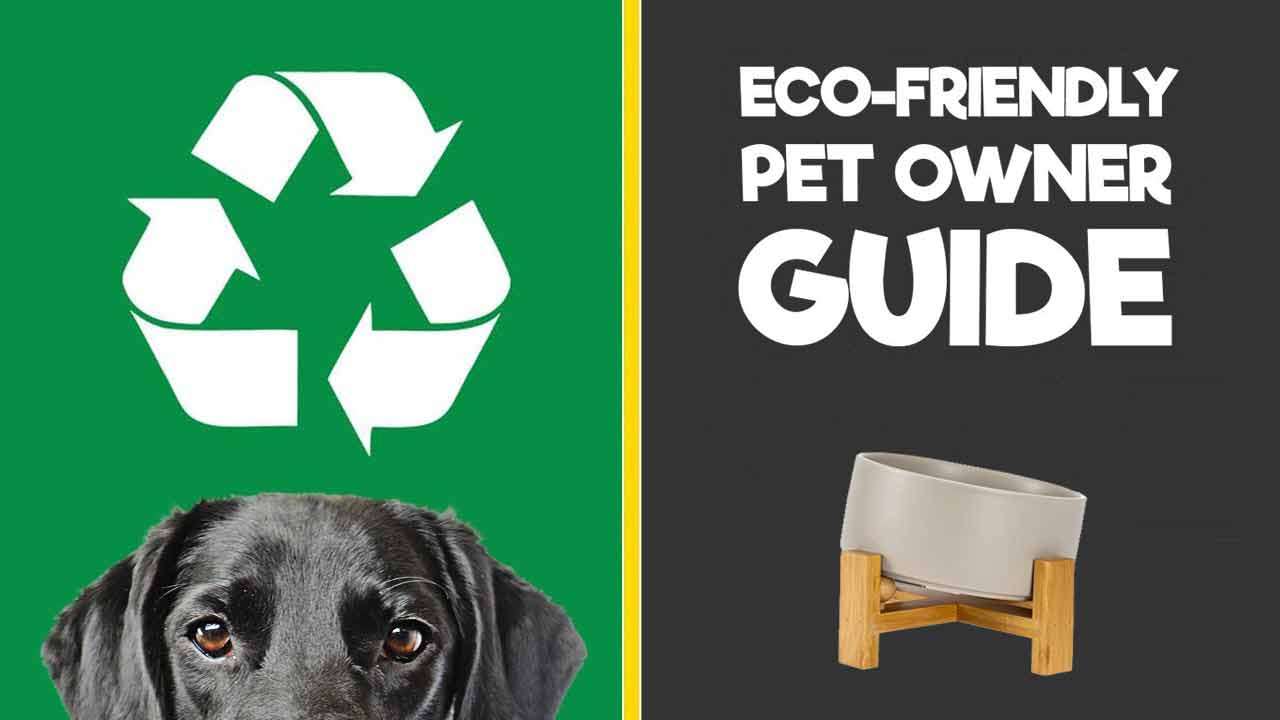Ladies and gentlemen, welcome to the most anticipated debate in the pet world. We're here to answer one of the most popular recent controversies: Are elevated dog bowls a brilliant idea or a total disaster?
Some say the elevated dog bowl is a great product, and they claim it helps dogs eat more comfortably and improves their posture. Conversely, some see elevated dog bowls as a recipe for disaster, doing more harm than good. But, dear reader, fear not! We'll look closer at the pros and cons of elevated dog bowls to see if they're worth the hype.
Grab your popcorn and let the showdown begin!
Are Elevated Dog Bowls Good or Bad for Large Dogs?
Elevated dog bowls—you've probably heard of them. But if you don't know, let me explain briefly: Elevated dog bowls are raised dog bowls that are a certain height off the ground.
Now, let's get to the main point: Are elevated dog bowls good or bad for large dogs? On the one hand, these bowls can increase your dog's feeding space and even improve his posture.
But, like everything in life, there are downsides to elevated dog bowls. Some research suggests they may increase the risk of gastric dilatation and volvulus in large dogs. Uh oh, and no one wants their furry friend to get sick from using the wrong dog bowl.
So, what's the verdict? Some recommend against using elevated dog bowls, while others recommend them for dogs with specific health issues, such as arthritis or injuries. Confusing, right?
Don't worry. I'll break down the pros and cons of an elevated dog bowl for you next and help you decide if it's right for your larger dog.

Pros of Elevated Dog Bowls for Large Dogs
First, look at the benefits of using an elevated dog bowl for your large furry friend. Keep in mind that not all large dogs will benefit in the same way. Here are the most common reasons why veterinarians recommend them:
So, for some large dogs, elevated dog bowls can bring a more comfortable experience to their life. But remember to watch your dog for changes and consult a veterinarian to see if they are right for your furry friend.
Cons of Elevated Dog Bowls for Large Dogs
Any product has pros and cons, and Elevated dog bowls are no exception. There are some cons to consider when using elevated bowls for large dogs:
How to Select a Right Elevated Dog Bowl?
As we already talked the pros and cons of using elevated dog bowls for large dogs. I have some tips for you, who is rally want to buy one but are still hesitating:
Conclusion
Elevated dog bowls have pros and cons, which depend on your dog's needs and preferences. While elevated dog bowls can improve posture, comfort, and digestion in some dogs, they also pose a risk of gastric torsion in some dogs. If you decide to use elevated dog bowls, choose a feeder with right height for your dog's size and consider the potential additional costs. Remember that some dogs may not adapt well to this change and need a gradual transition. It is best to consult a veterinarian before making major changes to your dog's feeding routine.
In conclusion, whether you use an elevated feeder or not, what matters most is that your furry friend is happy, healthy, and well-fed. By considering the above factors, hopefully, you can make an informed decision that benefits you and your beloved pet.






